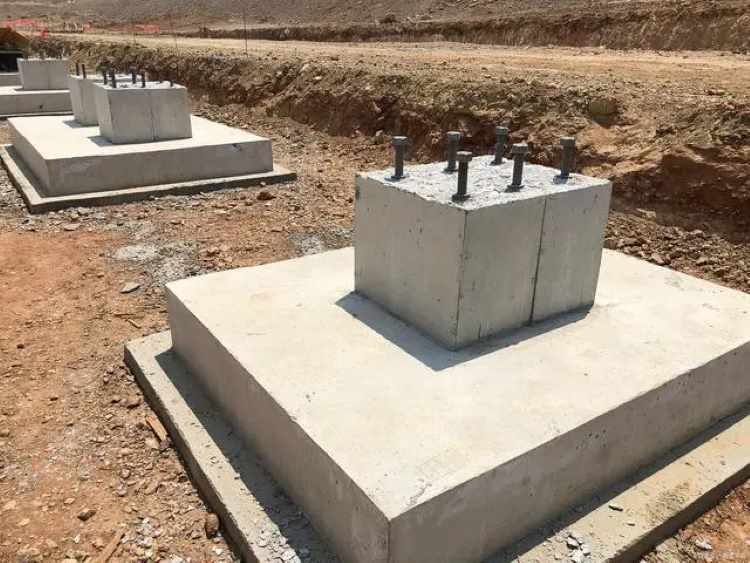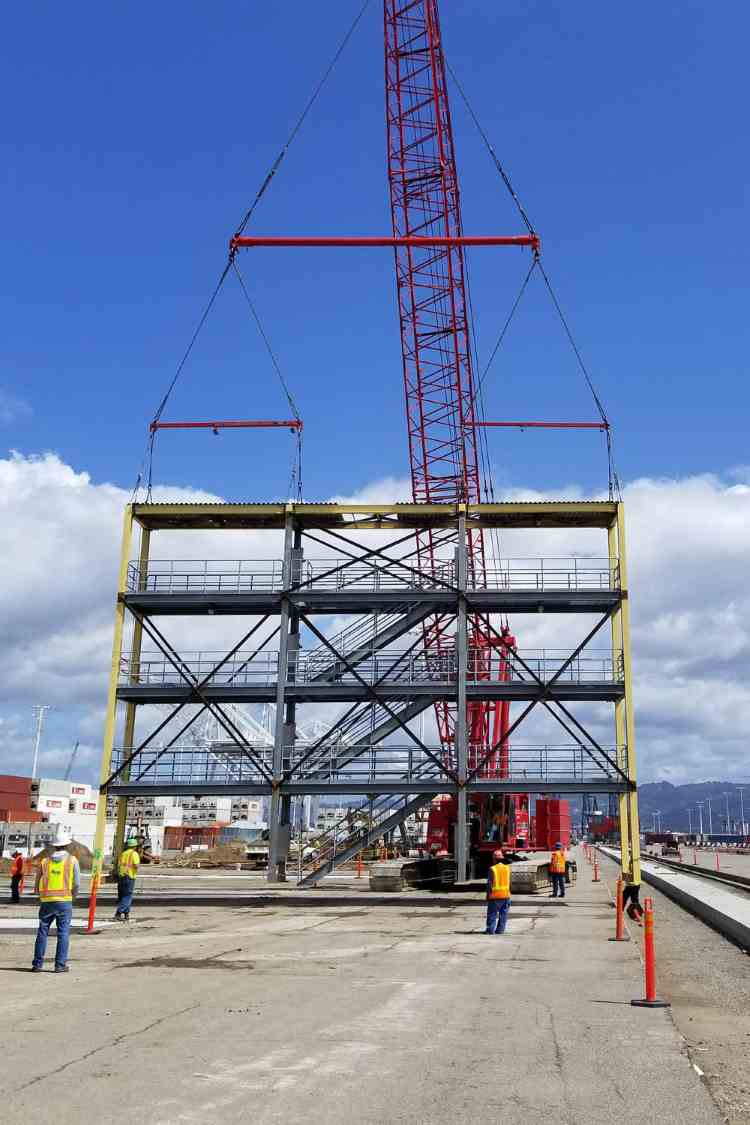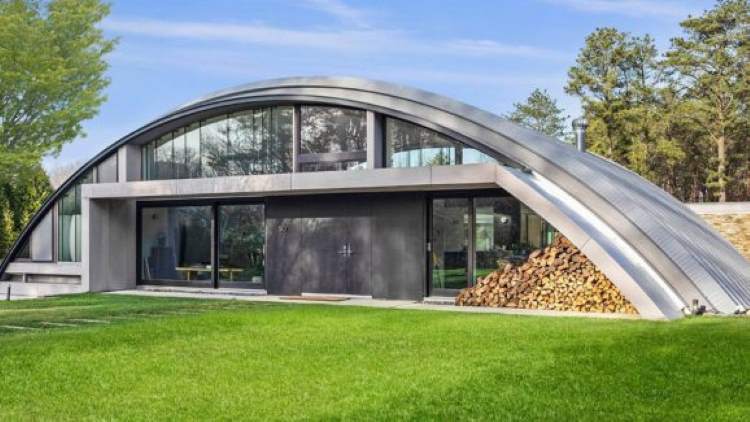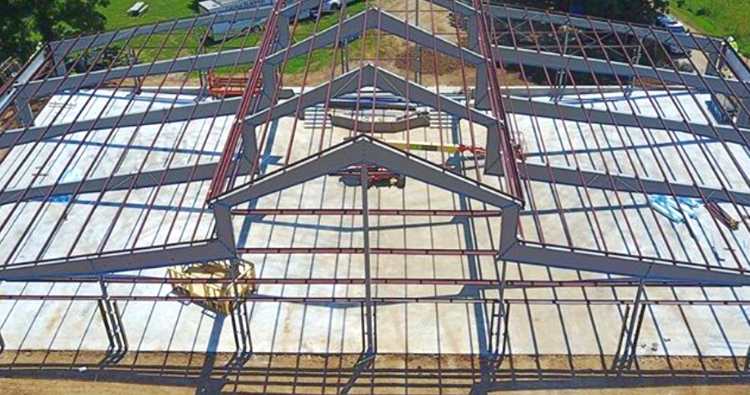Metal building insulation
No Pics.
Metal building insulation
A guide to building insulation options with pros and cons for each
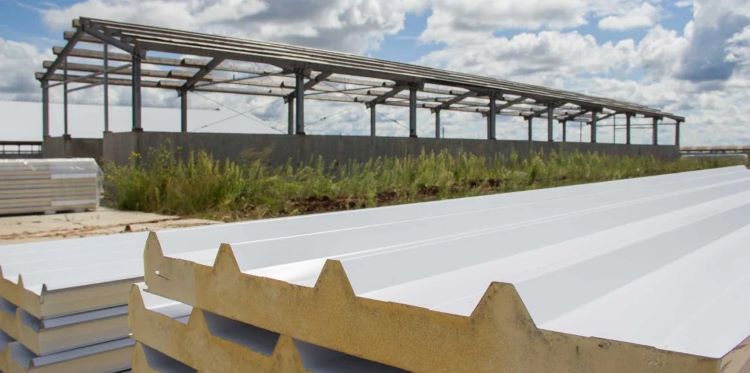
Index On This Page
1.Insulation Benefits
2.Insulation Efficiency
3.Fiberglass Insulation
4.Spray Foam Insulation
5.Insulated Metal Panels
6.Foam Board Insulation
7.Loose Fill Insulation
8.Metal Roof Insulation
9.Other Insulation Considerations
Insulation serves several important purposes in metal buildings. Besides providing resistance to cooling in winter and overheating in summer, it also minimizes the buildup of condensation and reduces the level of outside noise. If you plan on heating and cooling a structure, a little extra expenditure on insulation will yield significant savings in long-run energy costs.
Insulation IS NOT included in the metal building kit package, and you (or your contractor) should obtain this separately.
What Are the Benefits of Insulating Your Metal Building?
Reducing Condensation
Some areas of buildings, such as kitchens, bathrooms, and laundries, are additional sources of moisture. Moisture could be emitted by concrete slabs and foundations that aren't fully cured.
Depending on the amount of condensation, it could drip down – and sometimes be mistaken for roof leaks! A common result of condensation is rusting of metal surfaces and fasteners. Condensation can also lead to mold and dampness in building finishes, which is both unpleasant and may be a health hazard, especially for those suffering from respiratory conditions.
While insulation – particularly the common fiberglass insulation – reduces heat transfer between warm and cold surfaces, it does little to prevent the movement of moisture-laden warm air through it. As a result, even a thick layer of porous insulation does not prevent condensation. Insulation must be coupled with an effective vapor retarder to slow down the movement of air through it.
Visualize an impervious layer of some plastic-type sheeting material – that’s what a vapor retarder might look like. The retarder can be laminated to the insulation or provided as a separate sheet. Properly designed and installed insulation, combined with a quality vapor retarder, helps protect the structure from condensation and its side effects.
Temperature Control
Steel panels alone have little insulating value, meaning they offer no real protection from heat and cold. Adding the right type and amount of insulation helps control the interior temperature so that the building stays cooler in warmer months and warmer once the temperature drops.
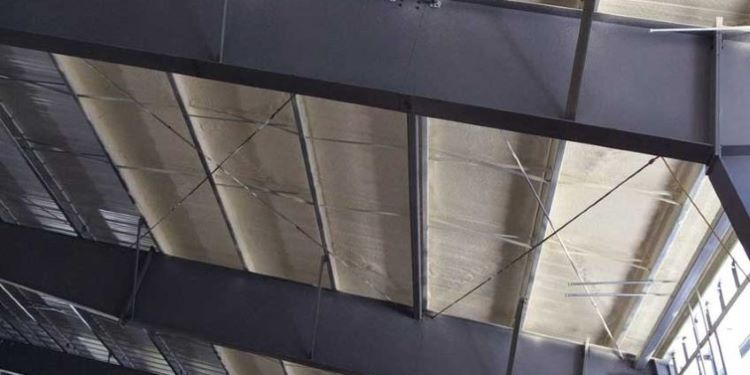
spray foam metal building insulation
Insulation Efficiency
Understand Local Code Requirements
Your local code will specify the minimum amount of insulation needed for your project, and your contractor will help you choose the best insulation system for your particular project and given local weather conditions.
R-Values and U-Values for Metal Building Insulation
The table below shows the respective R values for different thicknesses of fiberglass blankets and other common types of insulation.
However, it’s important to note that fiberglass blanket insulation is not the most efficient choice in a metal building. Various insulation material options are available, and new technologies are being developed as thermal resistance and energy savings become more of a concern in green building design. Below, from the Insulation Fact Sheet (DOE, 2002) are the R values for some common insulation materials expressed in R-value per inch of thickness.
| THICKNESS | FIBERGLASS | FOAM BOARD | INSULATED PANELS | SPRAY FOAM |
| 2" | R-7 | R-12 | R-16 | R-12 |
| 3" | R-11 | R-15 | R-25 | R-18 |
| 4" | R-13 | R-18 | R-33 | R-24 |
| 5" | R-16 | R-21 | R-41 | R-30 |
| 6" | R-19 | R-24 | R-49 | R-36 |
| Cost Rating | $ | $$ | $$$ | $$$$ |
What are the Most Common Metal Building Insulation Options?
|
Fiberglass Blanket Insulation (a.k.a. batt insulation)
The insulation is outfitted with a vapor retarder and tested for fire safety, as well as odor, mold, and moisture resistance. The vapor retarder doubles as a finish on most building ceilings, and because of that, the outward-facing side is typically white in color for better light reflectivity.
Advantages: easy to install, low installation cost, approved air barrier. |
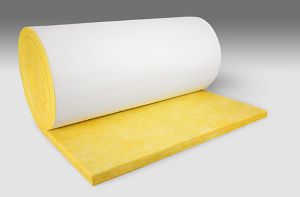
Fiberglass Blanket Insulation |
|
Spray Foam Insulation
Advantages: When properly applied, it fills the air gaps to reduce any air leaks, creating a tight building envelope for improved energy efficiency. Disadvantages: More expensive than fiberglass. It requires a professional installer. Lacks vapor retardance and will absorb moisture or oily residue, precipitating corrosion of metal surfaces. |

Metal building insulation - spray foam on walls and roof |
|
Insulated Metal Panels (IMPs)
Advantages: Insulating quality is outstanding. Panels are lightweight and easy; one-step installation saves field-assembly time and cost. Disadvantages: Relatively high cost; expertise is needed for installation. |

Insulated Metal Panels (IMPs) |
|
Foam Board Insulation
It can be applied inside and outside your structure and can be finished with various treatments to fit your desired appearance. Advantages: Thermally efficient, vapor-retardant, and dimensionally stable. Easy to trim and works well for flat roofs. Disadvantages: Rigid insulation is more expensive to manufacture and install than fiberglass blanket insulation and will lose some insulating value over time. Additionally, rigid insulation lacks the sound resistance of fiberglass blanket insulation. |
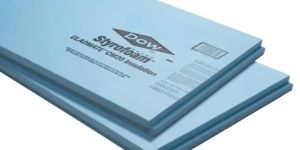
2" Rigid Foam Board Insulation |
|
Loose Fill Insulation
Advantages: Fills cavity well and reduces air leakage. Excellent sound barrier. Disadvantages: It can be more expensive than some others; it might settle in vertical cavities. |
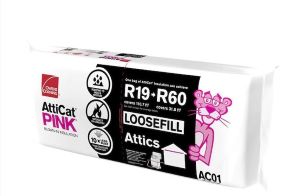
Loose Fill Insulation |
Metal Roof Insulation
Traditionally, a single layer of fiberglass blanket insulation draped over the purlins has been used. The insulation had a vapor-retarder facing at the bottom. This low-cost design no longer meets the energy codes because the blankets are squished over the purlins by metal roofing, and their insulating properties are greatly degraded. Essentially, a poorly insulated “thermal bridge” is present along each purlin line.
One method of increasing the R-value is to add another layer of fiberglass blanket insulation in the so-called “Sag and Bag” system. The second layer of unfaced material is installed over the first layer between each purlin. This design offers a low cost but provides relatively poor performance because of the heat-conducting thermal bridge along the purlins. And again, this method does not meet most areas’ energy codes.
Several roof insulation systems provide better performance in pre-engineered buildings, such as the two listed below:
- Long tab and banded two-layer system.
- Fabric liner/multilayer systems.
Long tab and banded two-layer system
Advantages: Relatively low cost for a high R-value system.
Disadvantages: Interferes with vital purlin bracing.
Fabric liner/multilayer systems
Advantages: Better thermal performance. Excellent air/vapor barrier. Excellent choice for retrofit projects.
Disadvantages: Difficult to install the first time. Other trades do not have easy access to the bottom flange of the purlins.
There are other metal building insulation options, some of which provide excellent performance but command premium prices.
Other Insulation Considerations
Facing
It’s worth noting that the color of the exposed facing will contribute to the interior light level. With white or reflective foil facing, fewer sources might be required to illuminate the interior. Conversely, dark or black colors might be preferred for an intimate ambiance.
In fiberglass batt insulation, the facing acts as a vapor retarder. To minimize condensation, a vapor retarder with a low perm rating must be chosen. While plain vinyl has been popular in the past, it has very high permeability (its perm rating is 1.0) and thus does not provide protection against condensation. Vapor retarders with a perm rating of less than 0.1 will provide better protection against condensation for most applications. The best vapor retarders have even lower perm ratings, such as 0.02.
Liner Panels
Workability
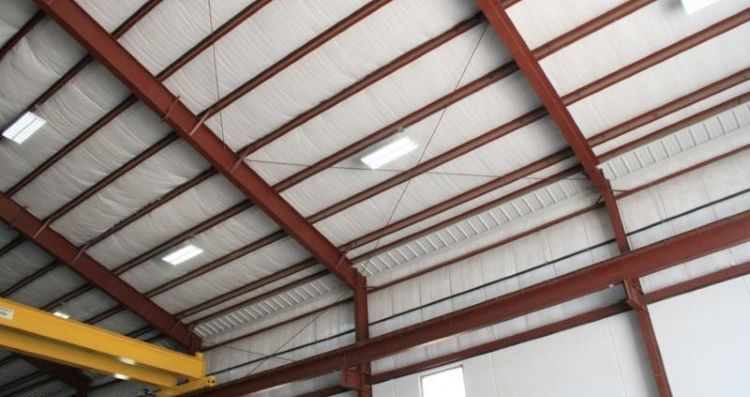
Insulation FAQs
What is the best metal building insulation?
It’s fair to say there is no ultimate “best”; the most appropriate insulation type depends on your building style, purpose, budget, and the level of insulation (R-value) required for your location.
The best insulation for metal buildings is typically a material with a high R-value, such as spray foam or fiberglass blanket. Spray foam insulation is particularly effective for metal buildings because it forms a seamless barrier that prevents air leaks and provides good thermal resistance.
Insulated metal panels (IMPs) provide the best insulation for commercial applications such as cold storage facilities. Be aware that there is low-quality insulation out there. Again, the guidance of a trusted construction professional may be the best way to go.
How much does metal building insulation cost?
The insulation cost for your steel building will depend mainly on the type of insulation you choose and its R-value. Here are some rough cost estimates for the most common types of insulation used for steel buildings:
Fiberglass batts or rolls: $0.5 - $1.5 per square foot
Spray foam insulation: $1.5 - $2.5 per square foot
Insulated metal panels: $5 - $10 per square foot
Would you like to see more information and images of ZHM’s Metal Steel Structure Building Insulation? Visit our Photo Gallery.
HOW CAN WE HELP YOU?
ZHM’s world-class team — together with our raw material suppliers and subcontractors — works to solve your most challenging design, engineering, farbrication or construction issues.
Contact ZHM by telephone at +86 135-8815-1981 (wechat and whatsapp) or send us your questions via email to info@zhmsteelworks.com

